Photo of the Pillars of Creation Shows the Lens Upgrade of Webb vs Hubble: A Heavenly View
Newly formed stars pop out in shades of pink, red, and crimson. Forming stars that remain hidden deep in the Pillars resemble molten lava.
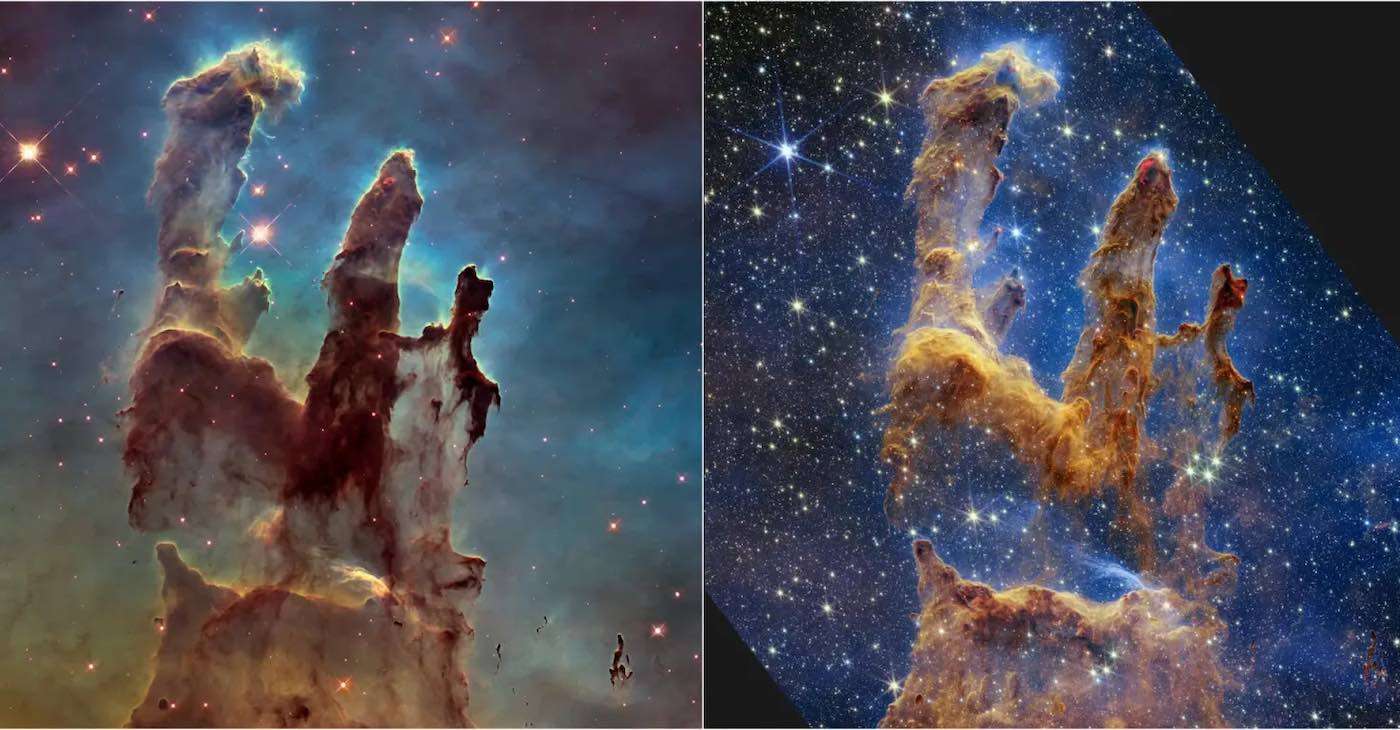
Newly formed stars pop out in shades of pink, red, and crimson. Forming stars that remain hidden deep in the Pillars resemble molten lava.
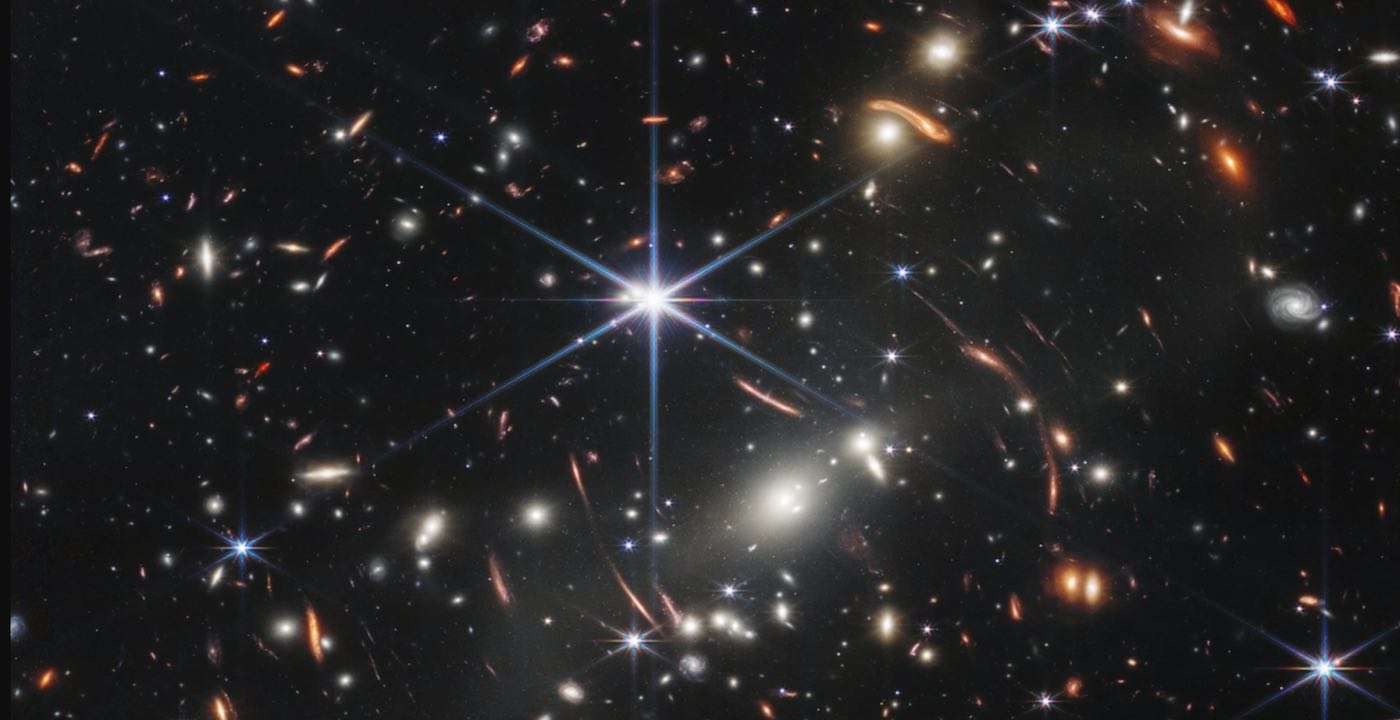
Named the "Sparkler," it's a "globular cluster" nine billion light years away, just 4.5 billion years after the Big Bang.
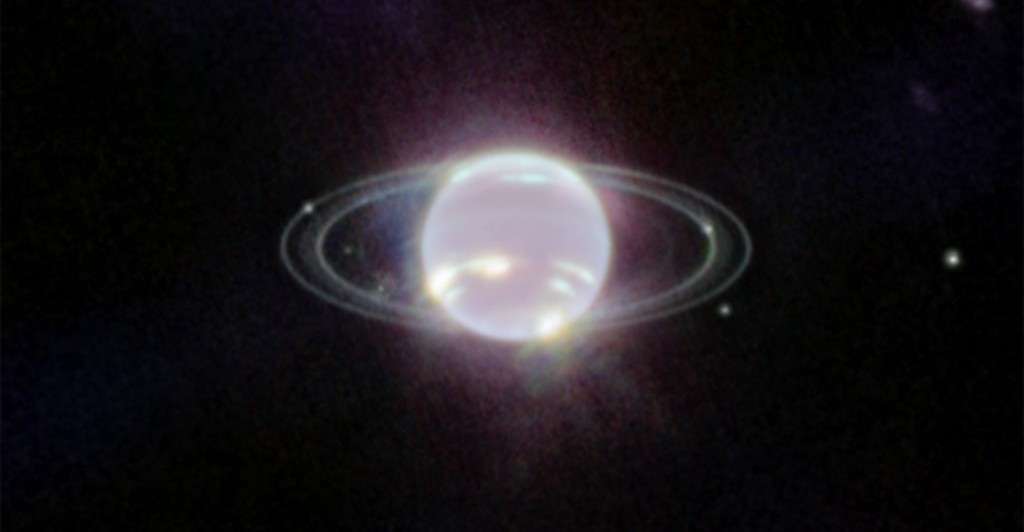
Another striking feature in this portrait of Neptune is a very bright point of light coming from Triton, the most unusual of the 14 moons
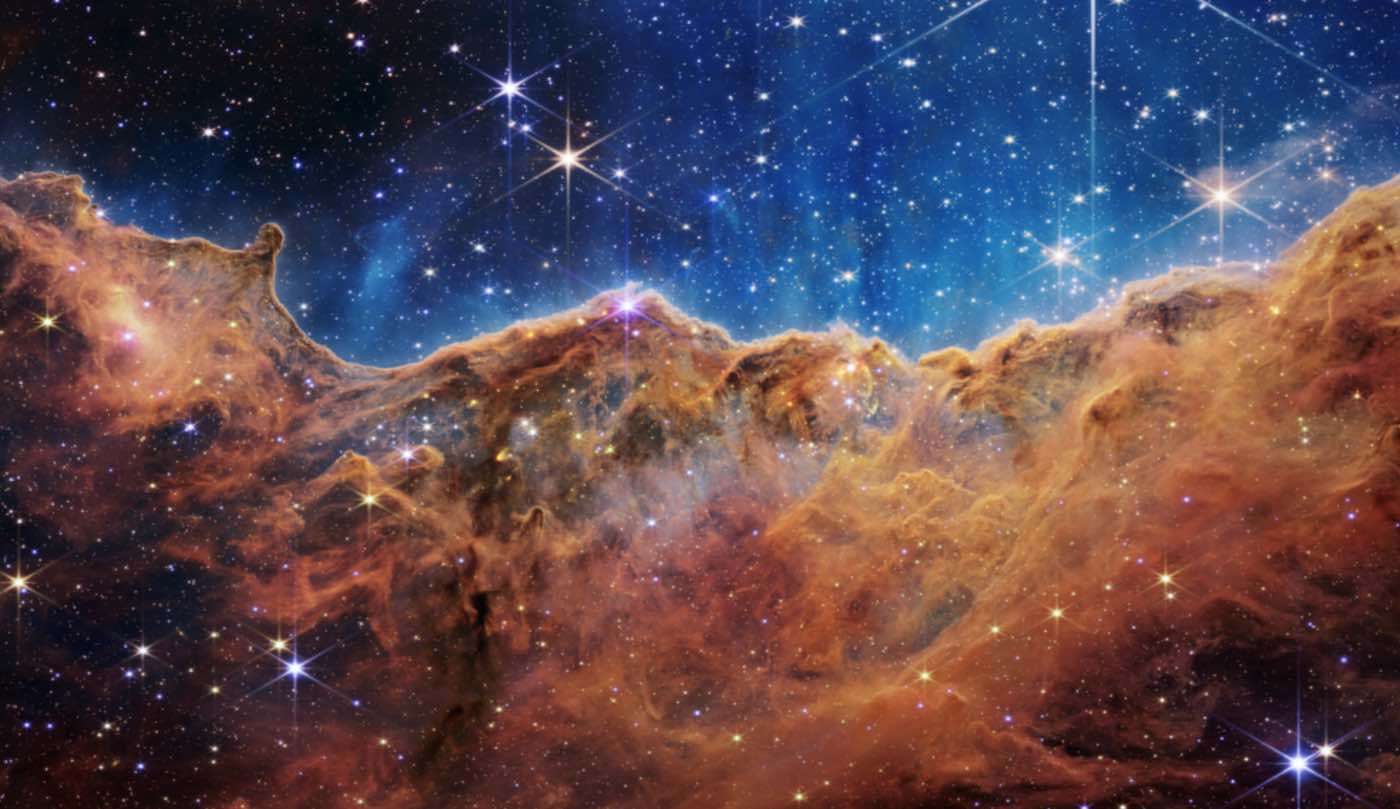
It's finally here-the first images from the James Webb Space Telescope have proven worth it after a 30 year wait.
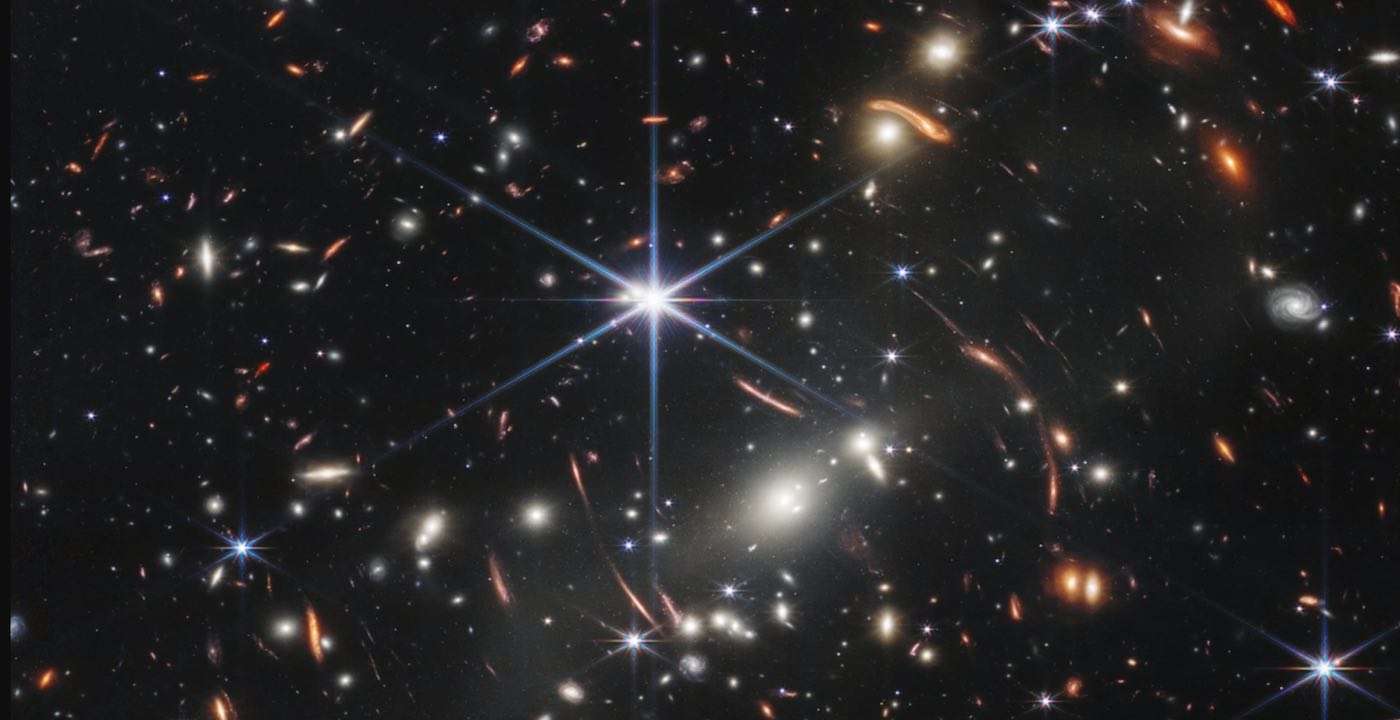
Consisting of dozens of individual images the video makes it look like you're using the telescope's zoom feature.
The "Green Monster" in the middle of the shot-an ode to Fenway Park in Boston, is something that scientists don't know what to make of.
New data from James Webb has discovered five massive galaxies that formed just 500 million years after the Big Bang, the oldest yet.
Life emerged under such conditions on Earth, and finding them elsewhere is our best bet to determining if we are alone in the galaxy.
A cosmic question mark in deep space has been spotted inside pictures captured by the James Webb Space Telescope–LOOK.
The discovery is being heralded as an important milestone in the understanding of how rocket planets come to contain water.
These images are composite pieces of technological artwork that would be invisible to the naked eye because of the X-rays detected by Chandra
The images came from the Physics at High Angular resolution in Nearby GalaxieS (PHANGS) program, supported by more than 150 astronomers.
GN-z11 is a compact galaxy, about one hundred times smaller than the Milky Way, but the ancient black hole is likely harming its development.
Unlike any planets in our solar system that experience aurorae, it's an isolated object in space with no nearby star to create one.
The rings of Saturn are well known, but Webb is now showing that Uranus and Neptune both sport sets of beautiful blue rings.
The James Webb Space Telescope recently took a picture of the C region of the Sagittarius constellation, deep in the galactic center of the Milky Way in order to find what's going on inside. Located about 300 light years from the supermassive black hole at the center of the galaxy, and 25,000 light years from […]
The bluest galaxies are relatively nearby and detected by Hubble, while the redder galaxies tend to be more distant as detected by Webb.
Recent Stories
A Heartfelt Reminder to Appreciate the Ones We Love
Cherish the Woman Who Stands by You
Breaking Generational Cycles of Pain
Living by Your Own Values, Not Others' Approval
When Life Brings Rain, It’s Okay to Rest
Before You Judge Someone's Life, Take a Moment to Walk in Their Shoes.
A Friend Who Spreads Gossip is Not a True Friend at All
The Value of Human Connection Over Digital Convenience
The Quiet Kind of Love
One Day, Your Mom Won’t Call You Anymore
I’ve reached a point in my life...
Happiness is a mindset, a conscious choice we make every day